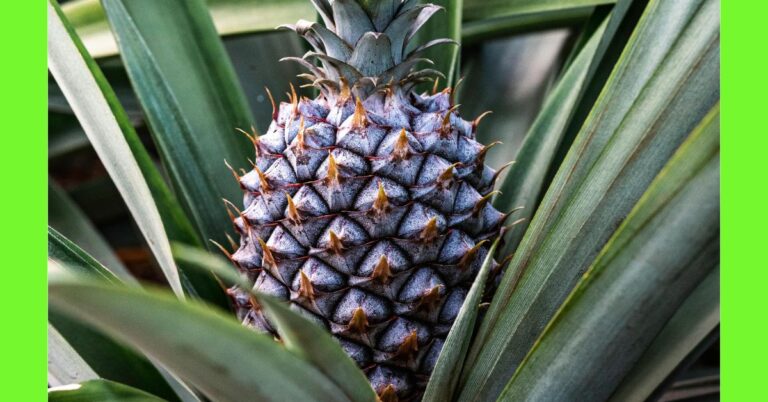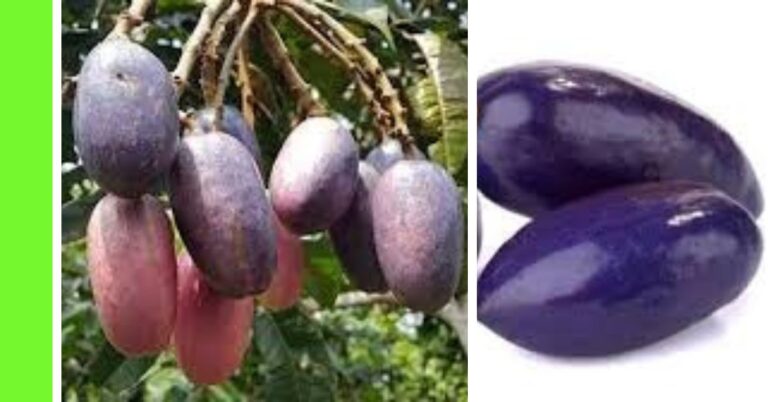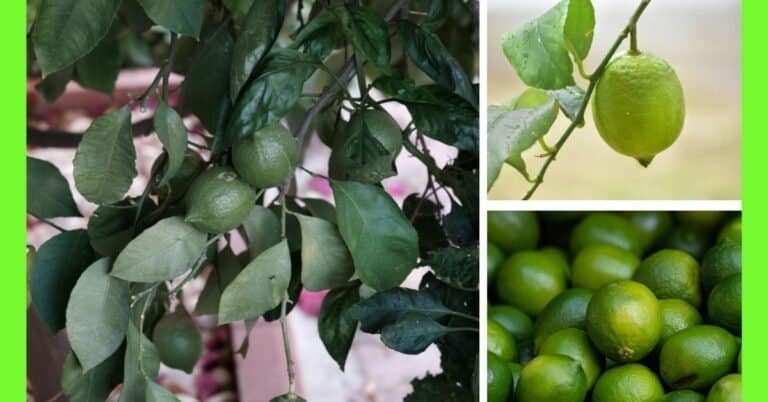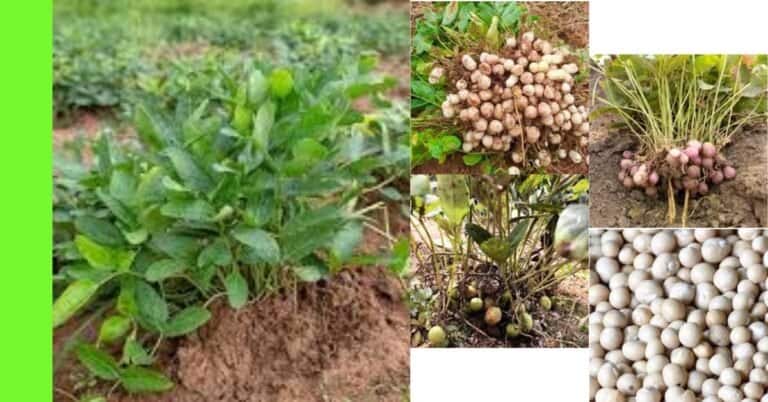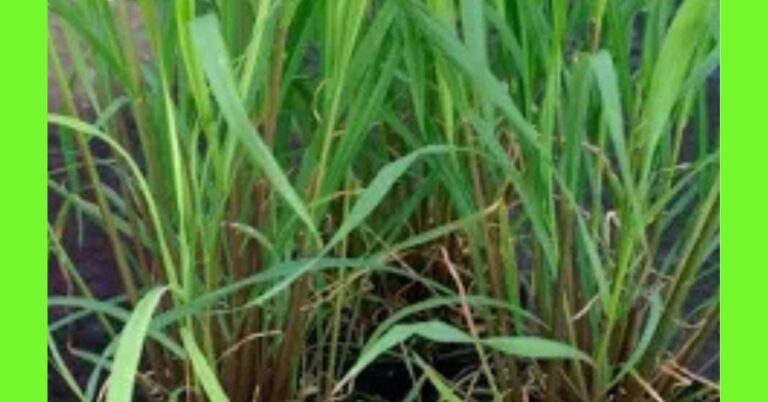How to Plant Dragon Fruit in Nigeria
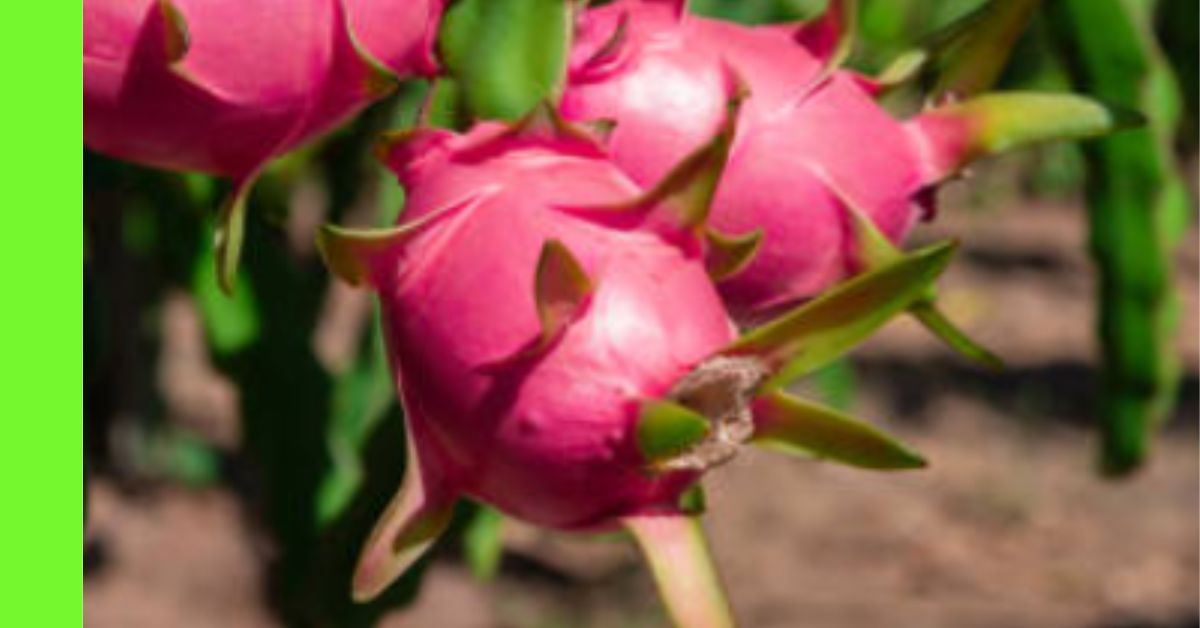
Dragon fruit, also known as pitaya or pitahaya, is an exotic and highly nutritious fruit that is gaining popularity among farmers and consumers in Nigeria.
Known for its unique appearance, sweet taste, and health benefits, dragon fruit can be a profitable crop if properly cultivated.
This article provides a comprehensive guide on how to plant dragon fruit in Nigeria, from understanding the plant to selecting a site, propagation methods, watering, and pest control.
Description of Dragon Fruit Plant
Dragon fruit belongs to the Hylocereus genus, a type of climbing cactus that produces large, fleshy, and vibrant fruits.
The plant has triangular green stems with spines and aerial roots that help it climb.
Its fruit is oval or pear-shaped with red, pink, or yellow skin and white or red pulp containing tiny black seeds.
There are three main varieties:
- Hylocereus undatus – white flesh with pink skin.
- Hylocereus costaricensis – red flesh with pink skin.
- Hylocereus megalanthus – white flesh with yellow skin.
Dragon fruit is not only appealing but is also rich in vitamin C, antioxidants, fibre, and beneficial plant compounds.
Due to its tropical nature, it thrives well in Nigeria’s hot and humid climate when properly managed.
Planting Season for Dragon Fruit in Nigeria
Dragon fruit can be planted almost year-round in tropical climates like Nigeria’s, but the best time to start is during the early rainy season, usually between March and May.
This timing allows the young plants to benefit from natural rainfall, which helps with root establishment.
Avoid planting during the heavy rainy months (July–August) to prevent waterlogging, and do not plant during the peak of the dry season unless you can provide adequate irrigation.
Planting the Dragon Fruit
Step 1: Choose a Location
Dragon fruit thrives in sunny, well-ventilated, and well-drained areas.
Choose a location that receives at least 6-8 hours of sunlight daily.
Since the plant is a climbing cactus, it also needs support to grow vertically, such as trellises, concrete posts, or wooden stakes.
Avoid areas prone to flooding or with clayey soils that retain water, as this can cause root rot.
Step 2: Land Clearing and Preparation
Clear the land of all weeds, shrubs, and debris.
Loosen the soil using a hoe or tractor to improve aeration and drainage.
Dragon fruit prefers sandy loam or loamy soils rich in organic matter.
Conduct a soil test, if possible, to check for pH (ideal range is 6.0–7.0) and nutrient content.
Incorporate well-rotted manure or compost into the soil during preparation.
Dig planting holes about 30 cm wide and 30 cm deep, spaced 2-3 meters apart in rows that are 3 meters apart.
Step 3: Means of Propagation
Dragon fruit can be propagated in two main ways:
- Seeds – Although possible, this method is slow and less reliable in terms of fruit quality.
- Stem Cuttings – The preferred method in Nigeria and globally, as it ensures uniformity and faster fruiting.
For commercial cultivation, use stem cuttings sourced from healthy and high-yielding mother plants.
Step 4: How to Plant Dragon Fruit from Seed
If you choose to grow dragon fruit from seeds:
- Extract the seeds from ripe fruit and rinse them in water.
- Dry the seeds for a day and then sow them in nursery trays filled with a mix of compost and sand.
- Water lightly and place in a warm area with indirect sunlight.
- Germination usually occurs within 2-3 weeks.
- Once seedlings are about 10-15 cm tall, transplant them into the field or individual pots.
Keep in mind, dragon fruit grown from seed may take up to 5-7 years to produce fruit.
How to plant from stem cuttings
1. Select Healthy Stem Cuttings
Choose a mature, disease-free dragon fruit stem from a productive mother plant. The cutting should be:
- 30-60 cm long
- At least 3-sided (triangular-shaped)
- Green and firm (not too young or too woody)
Allow the cutting to dry in a shaded area for 3-7 days. This step, called “curing,” allows the cut end to callus, reducing the risk of rot after planting.
2. Plant the Cutting
- Dig a 30 cm deep hole and place the cured end of the cutting into the soil.
- Plant it vertically, burying at least 8-10 cm of the cutting.
- Press soil firmly around the base to support it.
You can plant the cutting directly into its permanent position or in a nursery for later transplanting.
3. Provide Support
Dragon fruit is a climbing cactus. Install a support system such as:
- Concrete or wooden stake (1.5-2 meters tall)
- A trellis or frame with horizontal arms
Tie the cutting loosely to the support using twine or soft rope to guide its vertical growth.
Step 5: Watering
Dragon fruit is drought-tolerant but needs consistent moisture during establishment and fruiting.
Water twice a week during dry periods and once a week during the rainy season, depending on soil moisture.
Avoid overwatering to prevent root rot.
Use drip irrigation or water early in the morning to reduce evaporation.
Step 6: Apply Manure
Dragon fruit benefits greatly from organic manure.
Apply well-rotted poultry manure or compost during land preparation and as top dressing every 3–4 months.
You can also use NPK fertiliser for extra nutrients.
During flowering and fruiting, increase phosphorus and potassium to encourage better yields.
Avoid excessive nitrogen as it leads to lush vegetative growth with poor fruiting.
Maturity and Harvest
Dragon fruit plants propagated from cuttings begin fruiting in 1.5 to 2 years.
A single plant can produce 4-6 harvests per year, especially in regions like southern Nigeria where the climate is favourable.
The fruits mature about 30-50 days after flowering. You’ll know they are ready when:
- The skin colour turns from green to bright red or yellow (depending on variety).
- The wings or fins on the fruit start to wither slightly.
Harvest with a knife or hand pruners, leaving a small part of the stem attached.
Handle fruits carefully to avoid bruising.
Pests and Diseases
While dragon fruit is generally hardy, it can still be affected by:
Common Pests:
- Aphids – Sap-sucking insects that weaken plants and transmit diseases.
- Mealybugs – White, cotton-like pests found on stems and roots.
- Fruit Flies – Lay eggs in fruits, causing rot.
- Snails and slugs – Feed on young stems and fruits.
Common Diseases:
- Stem rot – Caused by fungal or bacterial infection, usually due to excess moisture.
- Anthracnose – A Fungal disease causing black spots on stems and fruits.
- Rust – Orange or reddish spots on stems, reducing growth.
Pest and Disease Control
To protect your dragon fruit crop:
Cultural Control:
- Space plants properly for airflow.
- Avoid waterlogging by ensuring proper drainage.
- Remove and burn infected stems or fruits immediately.
Organic Control:
- Spray neem oil or insecticidal soap for aphids and mealybugs.
- Use a garlic and pepper spray to repel pests.
Chemical Control:
- If necessary, apply recommended pesticides for pests. Always follow label instructions and observe pre-harvest intervals.
Implement integrated pest management (IPM) to reduce dependency on chemicals and ensure long-term sustainability.
Final Thoughts
Dragon fruit farming in Nigeria holds great promise for small- and large-scale farmers alike.
With proper site selection, planting, and maintenance, you can enjoy multiple harvests annually and tap into growing local and export markets.
By following the steps in this guide, from propagation to pest control, you’ll be well on your way to cultivating healthy, high-yielding dragon fruit plants that thrive in Nigeria’s tropical climate.
Let dragon fruit be your next profitable and rewarding venture!
Hope this article was helpful.

